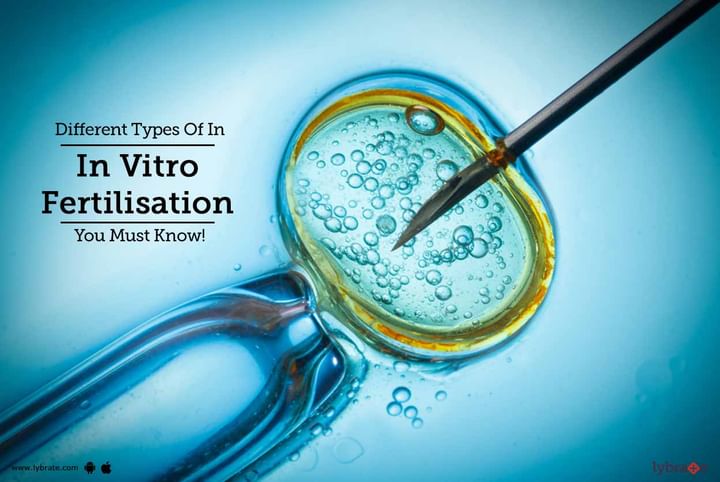Different Types Of In Vitro Fertilisation You Must Know!
Infertility treatment is common among couples, who are unable to conceive children through the natural process, due to health or hormonal problems. Among the infertility treatments, In Vitro Fertilisation is one of the most common methods used to help couples get rid of the problems and allow them to conceive children in an unconventional manner. This artificial treatment was successfully performed for the first time in 1978. Now let’s take a look at some of the different types of IVF Treatment:
Natural Cycle: This particular type of variation in IVF does not require stimulation of woman’s ovaries for producing several eggs for collection. Only the egg which is produced during her normal menstrual cycle gets collected and it is then merged with the man’s sperm to successfully achieve fertilisation and in the process, an embryo. This method carries with it certain advantages, like this does not involve the risk of ovarian hyperstimulation and it is accepted by certain cultures and religious groups due to the fact that no spare embryos are created, which might require to be disposed of or get it frozen.
As far as disadvantage for this type of treatment is concerned, the success rates are not that high. The statistics published by the United Kingdom’s Human Fertilisation and Embryology Authority, show that only one out of 26 women under the age of 35 could get pregnant in 2008 due to the natural cycle in vitro fertilisation.
Mild Stimulation In Vitro Fertilisation
This process is carried out just like standard in vitro fertilisation. Only exception is that the hormones used to stimulate the ovaries for producing a number of eggs, get used for a short span of time. This helps to narrow down the risk of ovarian hyperstimulation syndrome in women, who had developed this particular risk in previous cycles of in vitro fertilisation.
Mild stimulation might help get rid of the initial treatment to suppress the menstrual cycle, as a result of which one may not find this phase of treatment to be an uncomfortable one.
Like any form of treatment, this type of in vitro fertilisation treatment is not without certain disadvantages. One of them is the fewer number of eggs available for collection and hence lesser number of embryos to choose from for transfer. Still, due to the fact that stimulation of ovaries is not done in a similar manner, one does not require to wait for so long to repeat the particular cycle of in vitro fertilisation.
The low cost of mild stimulation IVF makes it a more desirable mode of infertility treatment as compared to the standard procedure followed for bringing for the desired results.
Hence, we have discussed about the two types of in vitro fertilisation for treating the problem of infertility among males and females along with their advantages and disadvantages in great detail. In case you have a concern or query you can always consult an expert & get answers to your questions!



+1.svg)
